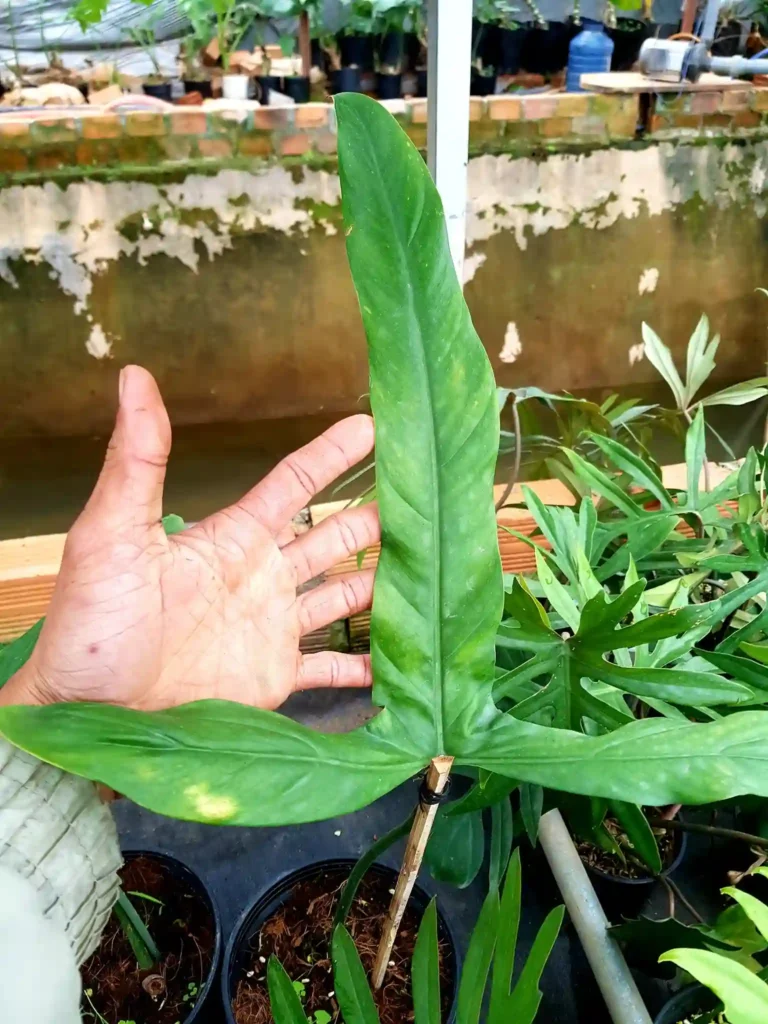The Allure of Katsura Pieris: A Gardener’s Guide
There’s a certain magic to evergreen shrubs. They bring a touch of life to the winter landscape, defying the dormancy of most plants. The Pieris Katsura, with its elegant form, vibrant new growth, and delicate flowers, has captivated me for years. It’s become a mainstay in my garden, offering a delightful display throughout the seasons.
10 Species in Genus Pieris
Pieris Katsura: A Showstopper in Every Season
The Pieris Katsura, a cultivar of Pieris japonica, boasts a combination of features that make it a true standout. Its glossy, deep green leaves provide a lush backdrop throughout the year. But the real showstopper is the new growth. In spring, the emerging foliage explodes in a vibrant burgundy red, adding a dramatic pop of color to the garden. This fiery display softens over time, maturing into the rich green we know and love.
Bloom Time for Pieris Katsura?
As if the captivating foliage wasn’t enough, the Katsura Pieris treats us to a breathtaking display of flowers in early spring. Delicate, urn-shaped blooms, often described as lilac-white with a lilac “skirt,” cascade down in graceful racemes. The subtle fragrance adds another layer of charm to this already enchanting shrub.
Is Katsura Pieris Perennial?
The good news for gardeners like myself is that the Katsura Pieris is indeed a perennial. With proper care, this beauty can grace your garden for many years to come. In ideal conditions, it can reach a mature height of 4 to 5 feet, offering a delightful presence without becoming overwhelming.
Is Katsura Pieris Cold Hardy?
The Katsura Pieris thrives in cooler climates. It boasts impressive cold hardiness, typically tolerating temperatures down to USDA zone 5 (around -20°F). However, it’s important to note that young plants might be more susceptible to frost damage. If you live in a colder region, consider providing some winter protection, especially for newly planted shrubs.
How to care for Pieris Katsura?
To ensure your Katsura Pieris flourishes, providing the right environment is key. Here’s what this captivating shrub needs to thrive:
- Light: The Katsura Pieris prefers dappled shade or filtered sunlight. Avoid harsh afternoon sun, which can scorch the leaves.
- Soil: Well-drained, acidic soil is essential. Amending your soil with peat moss or composted pine needles can help create the ideal environment.
- Watering: Consistent moisture is important, especially during the first growing season. However, avoid overwatering, as this can lead to root rot.
- Mulching: Apply a layer of mulch around the base of the plant to retain moisture, regulate soil temperature, and suppress weeds.
Katsura Pieris: A Versatile Addition to Your Garden
The beauty of the Katsura Pieris goes beyond its stunning features. It’s a remarkably versatile plant, well-suited for various garden settings. Here are some ideas for incorporating this gem into your landscape:
- Foundation Plantings: The compact size and elegant form of the Katsura Pieris make it ideal for foundation plantings, adding year-round interest next to your house.
- Woodland Gardens: The Katsura Pieris thrives in shade and acidic soil, making it a perfect choice for woodland gardens. Pair it with ferns, hostas, and other shade-loving plants for a natural, harmonious look.
- Container Gardening: The Katsura Pieris adapts well to container life. Its manageable size allows you to enjoy its beauty on balconies, patios, or even indoors with sufficient light.
Propagating Katsura Pieris: Sharing the Beauty
Once you’ve fallen in love with the Katsura Pieris, you might want to share its beauty with others. Fortunately, propagating this shrub is relatively straightforward. You can achieve this through softwood cuttings taken in early summer.
With a little care and attention, the Katsura Pieris will reward you with a captivating display of color and form throughout the seasons. So, if you’re looking for an evergreen shrub that offers year-round interest and effortless elegance, consider adding the Katsura Pieris to your garden.
If i die, water my plants!



